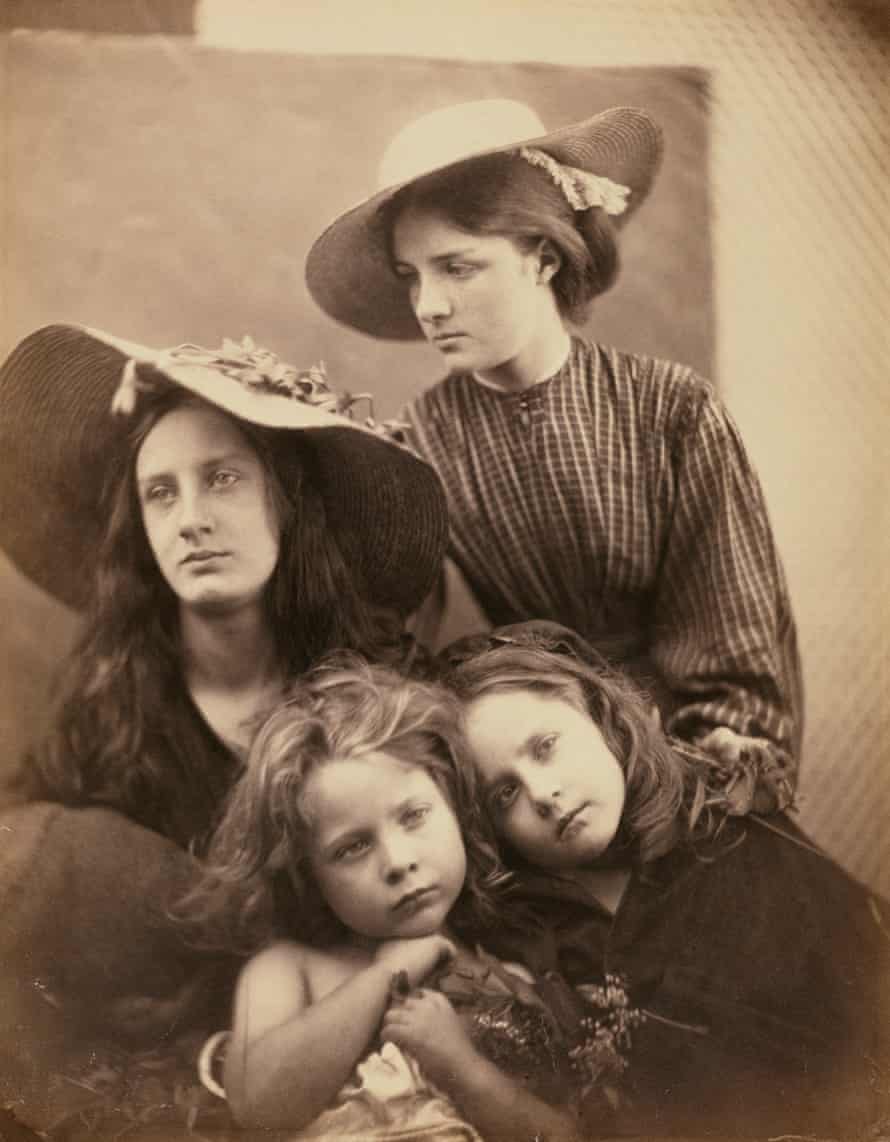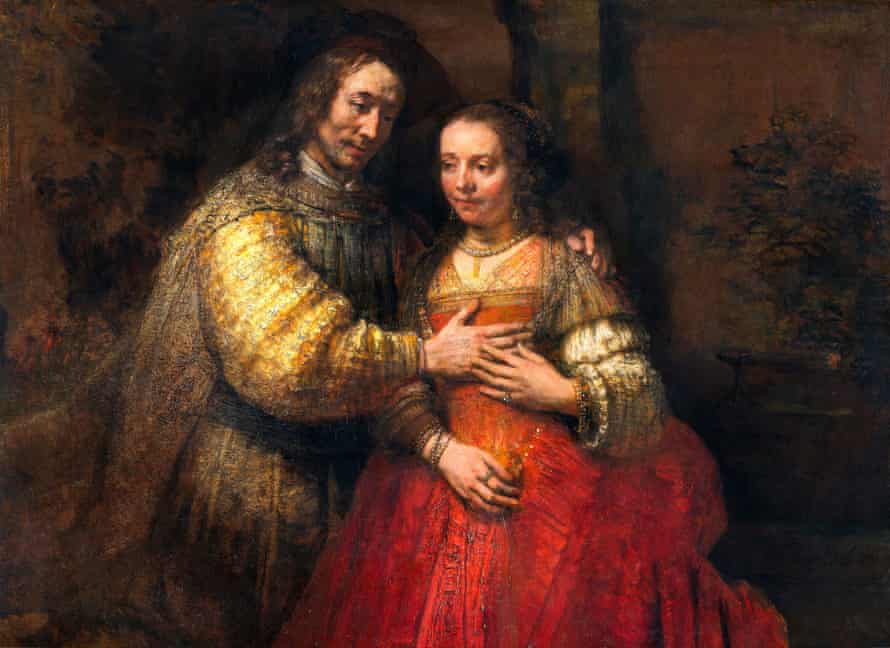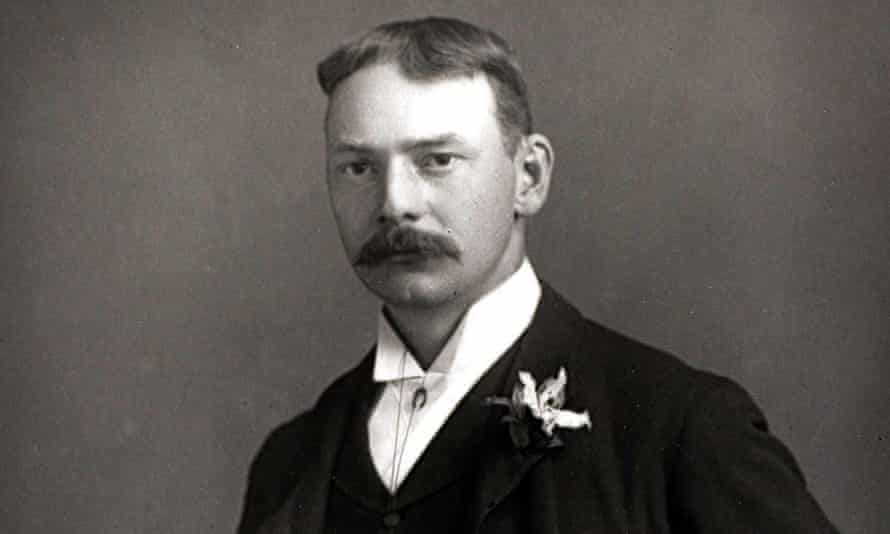Why Didnt Old People Look Into The Camera In Photos?
A s people request Google this question have accurately observed, smiles are grimly absent from early on photographs. Portraiture was at the heart of photography's appeal from its very invention. In 1852, for case, a girl posed for her Daguerreotype, her head slightly turned, giving the lens a steady, confident, unsmiling look. She is preserved forever every bit a very serious girl indeed.
That severity is everywhere in Victorian photographs. Charles Darwin, past all accounts a warm character and a loving, playful parent, looks frozen in glumness in photographs. In Julia Margaret Cameron's great 1867 portrait of the astronomer John Frederick William Herschel, his deep melancholy introspection and wild pilus kissed by the light give him the air of a tragic King Lear. Why did our ancestors, from unknown sitters for family portraits to the peachy and famous, become then mirthless in front of the lens?
You don't accept to look very long at these unsmiling onetime photos to see how incomplete the apparently obvious reply is – that they are freezing their faces in social club to keep still for the long exposure times. In Julia Margaret Cameron's portrait of Tennyson the poet broods and dreams, his face a adumbral mask of genius. This is not simply a technical quirk. It's an aesthetic and emotional option.
People in the past were not necessarily more gloomy than nosotros are. They did not become around in a perpetual state of sorrow – though they might be forgiven for doing and then, in a world with much higher bloodshed rates than in the west today, and medicine that was puny indeed by our standards. In fact, the Victorians had a sense of sense of humor even about the darkest aspects of their society. Jerome K Jerome'due south book Three Men in a Gunkhole is a revelatory insight into the Victorian sense of humour – it's rollicking and irreverent. When the narrator drinks some water from the river Thames, his friends crust him that he will probably grab cholera. It's a startling joke to make in 1889 just a few decades after cholera had ravaged London. Just then Chaucer wrote The Canterbury Tales, which tin still raise laughs, in the century of the Black Death. And Jane Austen found plenty to giggle about in the era of the Napoleonic wars.

Laughter and gaiety (to utilise an one-time word) were not only common in the by merely institutionalised far more than they are today, from medieval carnivals in which entire communities indulged in riotous comic antics to Georgian printshops where people gathered to look at the latest funnies. Far from suppressing festivals and fun, the Victorians, who invented photography, besides created Christmas as the secular feast it is today.
Then the severity of people in 19th-century photographs cannot be testify of generalised gloom and low. This was not a social club in permanent despair. Instead, the true respond has to do with attitudes to portraiture itself.
People who posed for early on photographs, from earnest middle-class families recording their status to celebrities captured by the lens, understood information technology as a pregnant moment. Photography was still rare. Having your picture taken was not something that happened every solar day. For many people information technology might be a once-in-a-lifetime experience.

Posing for the photographic camera, in other words, did not seem that different from having your portrait painted. It was cheaper, quicker (fifty-fifty with those irksome exposure times) and meant that people who never had a chance to be painted could now exist portrayed; but people seem to have taken it seriously in the same way they would a painted portrait. This was not a "snap". Like a portrait painting, it was intended as a timeless record of a person.
Oil portraits are not that packed with smiles, either. Rembrandt'south portraits would look very different if everyone was smiling in them. In fact they are total of the consciousness of mortality and the mystery of being - nothing to grinning about there. From the ruddy glare of Velazquez's Pope Innocent Ten to Titian'southward intimately serious Violante, few of the painted portraits in museums are smiley faces.

The most famous exception is of course the Mona Lisa – and Leonardo da Vinci laboured for years to make that smile "work". His contemporaries were amazed to see a smiling portrait. In the 18th century, artists painted grin people – the sculptor Houdon fifty-fifty gave Voltaire a smile in marble – to capture the new, sociable, smiling mental attitude of the Enlightenment. Merely on the whole, melancholy and introspection haunt the oil portrait and this sense of the seriousness of life passes on from painting into early photography.
In fact this question might be reframed: Why are one-time photographs so much more moving than modern ones?
For the existential grandeur of traditional portraiture, the gravitas of Rembrandt, still survives in Victorian photography. Today, we take so many smiling snaps the idea of anyone finding truthful depth and poesy in almost of them is cool. Photos are about being social. We want to communicate ourselves as happy social people. So we smile, laugh and cavort in endless and endlessly shared selfies.
A grinning selfie is the opposite of a serious portrait. Information technology's just a momentary performance of happiness. It has nada profundity and therefore zero artistic value. Every bit a human document it is disturbingly throwaway. (In fact, not fifty-fifty solid enough to throw away – just press delete).
How beautiful and haunting old photographs are in comparison with our airheaded selfies. Those unsmiling people probably had as much fun every bit we exercise, if non more. But they felt no hysterical need to prove it with pictures. Instead, when they posed for a photograph, they thought about fourth dimension, death and memory. The presence of those grave realities in onetime photographs makes them worth far more than than our inanely happy Instagram snaps. Perhaps nosotros should stop grinning sometimes, too.
Source: https://www.theguardian.com/commentisfree/2015/aug/12/why-dont-people-smile-old-photographs-google-answer
Posted by: comesbeamer.blogspot.com

0 Response to "Why Didnt Old People Look Into The Camera In Photos?"
Post a Comment